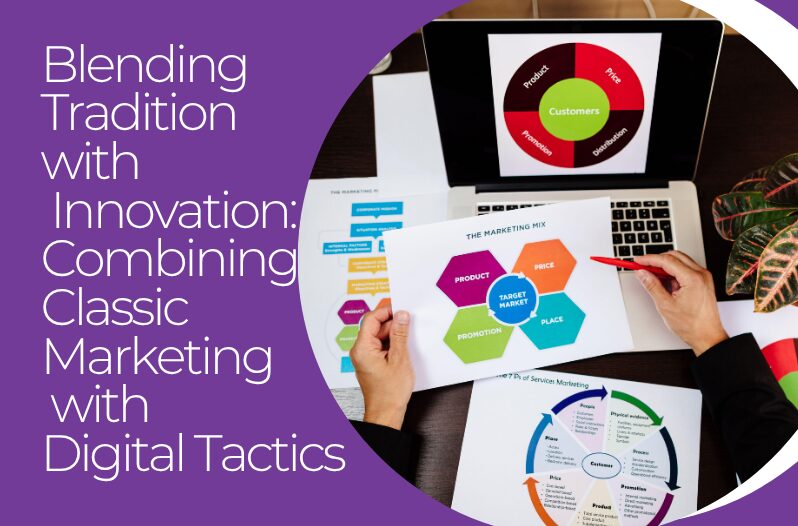Marketing is both an art and a science. While creativity plays a crucial role in capturing attention and inspiring engagement, the science of measurement ensures that your efforts are driving real business results. In today’s data-driven world, the ability to measure your marketing impact accurately is not just an advantage—it’s a necessity. Here’s how to ensure that your marketing investments are yielding a significant return.
Set Clear, Measurable Goals
Before diving into any marketing campaign, it’s essential to establish clear, measurable goals. These could range from increasing website traffic, boosting sales, or enhancing brand awareness. Using the SMART criteria (Specific, Measurable, Achievable, Relevant, Time-bound) can help in setting precise objectives. For instance, instead of aiming to “increase sales,” aim to “increase online sales by 20% in the next quarter.”
Identify Key Performance Indicators (KPIs)
Once goals are set, identify the key performance indicators (KPIs) that will help you track progress. KPIs vary depending on your objectives. Common marketing KPIs include:
Traffic Metrics: Page views, unique visitors, and session duration.
Engagement Metrics: Likes, shares, comments, and click-through rates.
Conversion Metrics: Lead conversion rate, sales revenue, and customer acquisition cost.
Retention Metrics: Customer lifetime value, repeat purchase rate, and churn rate.
Leverage the Right Tools
There are numerous tools available to help measure marketing performance. Google Analytics, HubSpot, and SEMrush are popular choices for tracking website traffic and SEO performance. Social media platforms offer their own analytics tools, while email marketing services like Mailchimp provide detailed reports on campaign effectiveness. Choose tools that align with your KPIs and provide the most actionable insights.
Collect and Analyze Data
Data collection should be continuous. Regularly gather data from your chosen tools and compile it into easily digestible reports. Analysing this data will help identify trends, understand what’s working, and uncover areas for improvement. Use data visualisation techniques, like charts and graphs, to make the information more accessible and understandable.
A/B Testing and Optimization
A/B testing, or split testing, involves comparing two versions of a marketing asset to see which one performs better. This method can be applied to emails, landing pages, ad copy, and more. By continuously testing and optimising your marketing efforts, you can improve performance and ensure better returns.
Attribution Modelling
Attribution modelling helps in understanding which touchpoints are driving conversions. Whether it’s the first click, last click, or a multi-touch approach, knowing how different channels contribute to your goals is crucial. This insight helps in allocating resources more effectively and optimising the customer journey.
Regularly Review and Adjust Strategies
Marketing is dynamic, and so should be your approach. Regularly review your strategies and results. Are you meeting your goals? Are there new trends or tools that could enhance your efforts? Be prepared to pivot and adjust your strategies based on what the data tells you.
Report and Communicate Results
Share your findings with stakeholders in a clear and concise manner. Regular reports should highlight key insights, successes, and areas needing improvement. This transparency builds trust and ensures everyone is aligned on the marketing direction and its outcomes.
Conclusion
Measuring your marketing efforts is not just about tracking numbers—it’s about understanding the story behind those numbers and using that knowledge to drive continuous improvement. By setting clear goals, using the right tools, and regularly reviewing your strategies, you can make a return on your marketing investment a certainty. Embrace the science of measurement, and watch your marketing efforts transform into tangible business success.





